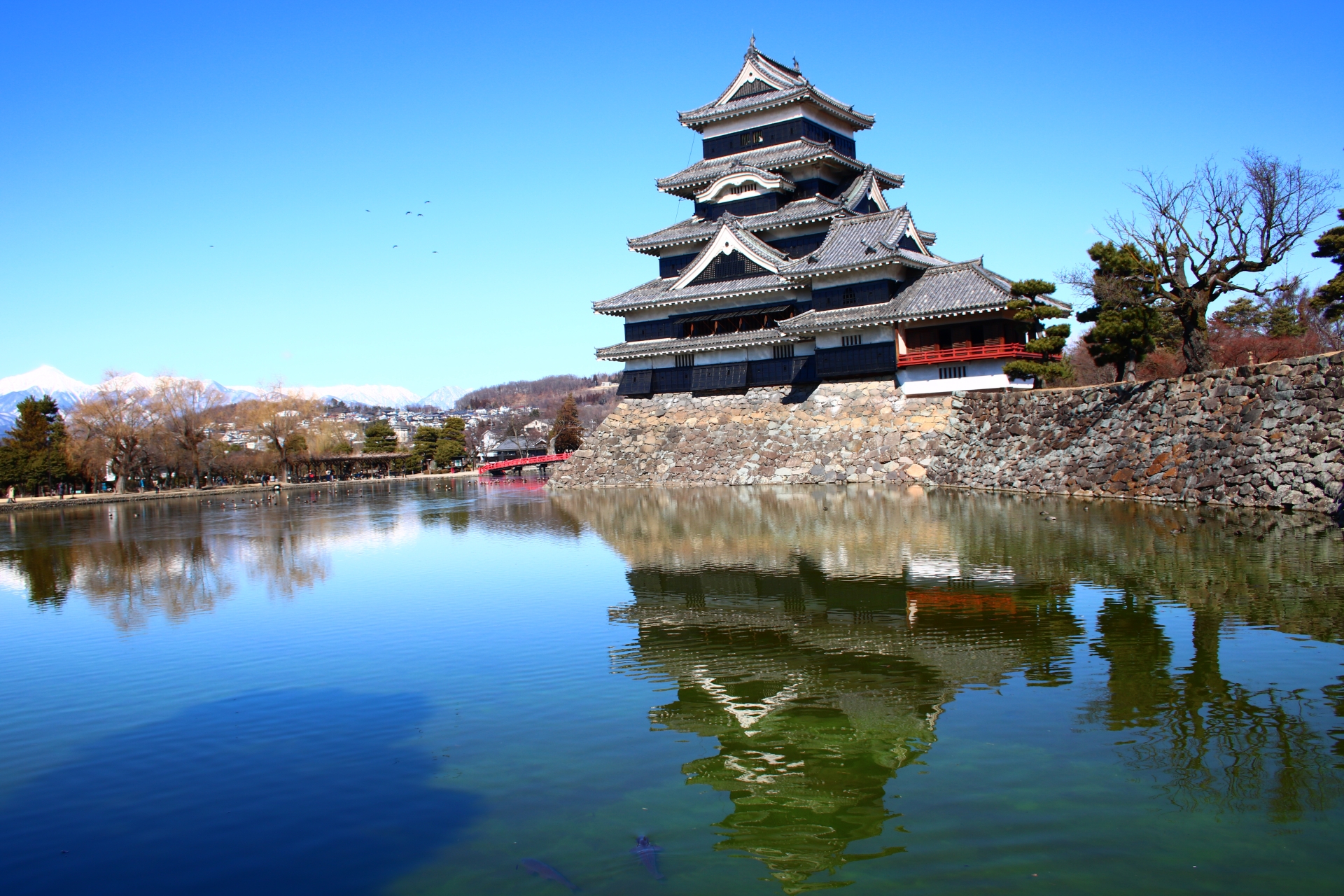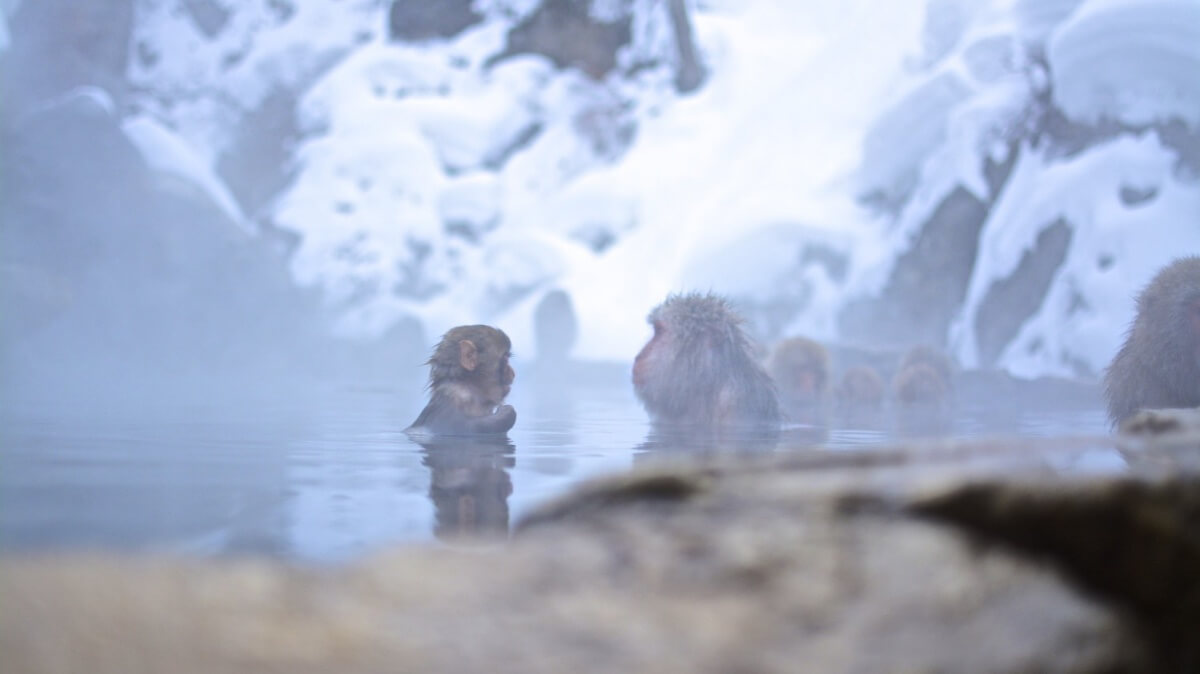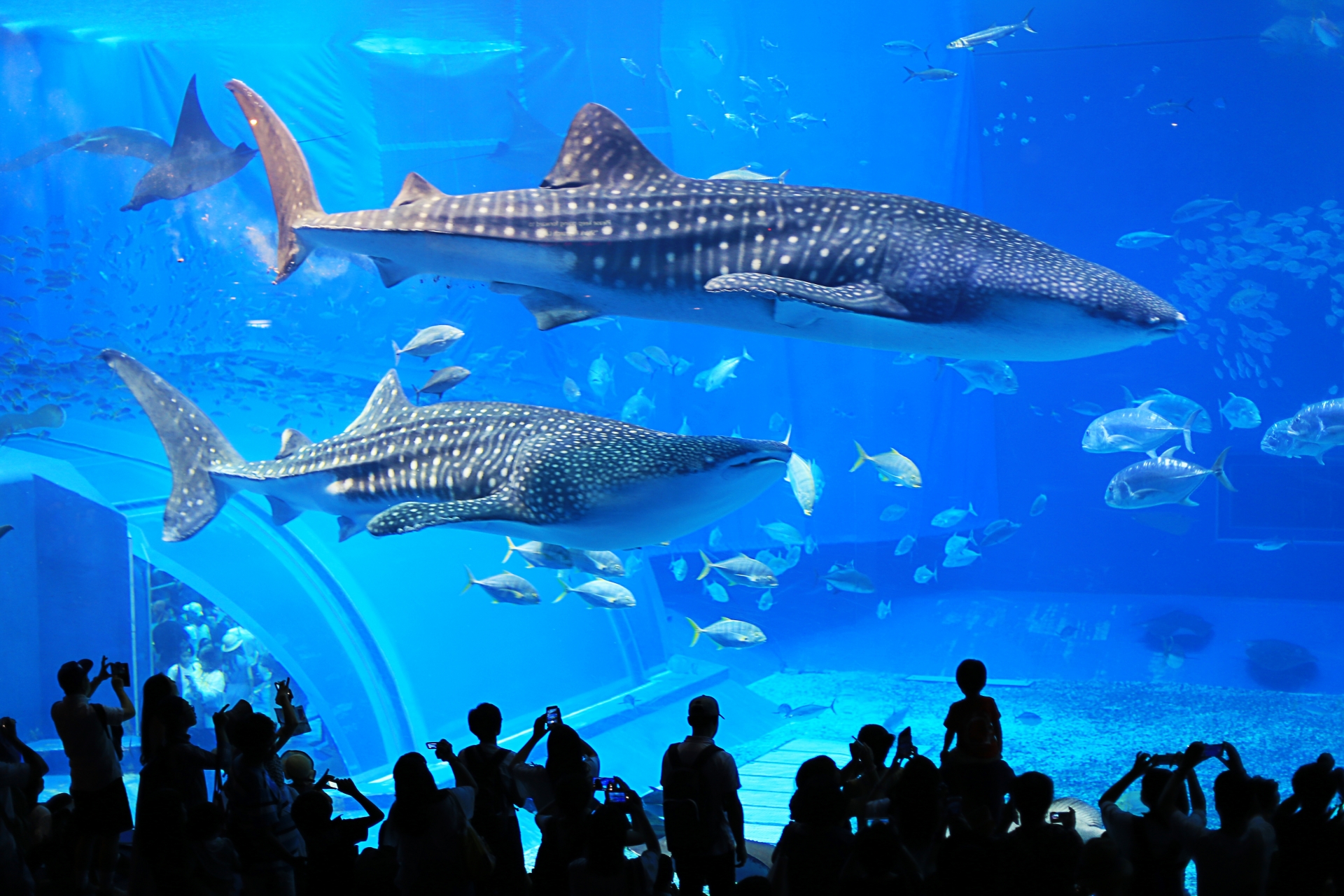While it is not quite part of the Golden Route, Matsumoto is very much worth an overnight stop if you are traveling in the region. Many travelers stop by Matsumoto when they are traveling between Tokyo and hiking paradise Kamikochi, are on the way to Takayama, or go skiing in mountainous Nagano. What is there to do in and around Matsumoto? Here is the itinerary of our overnight trip to Matsumoto!
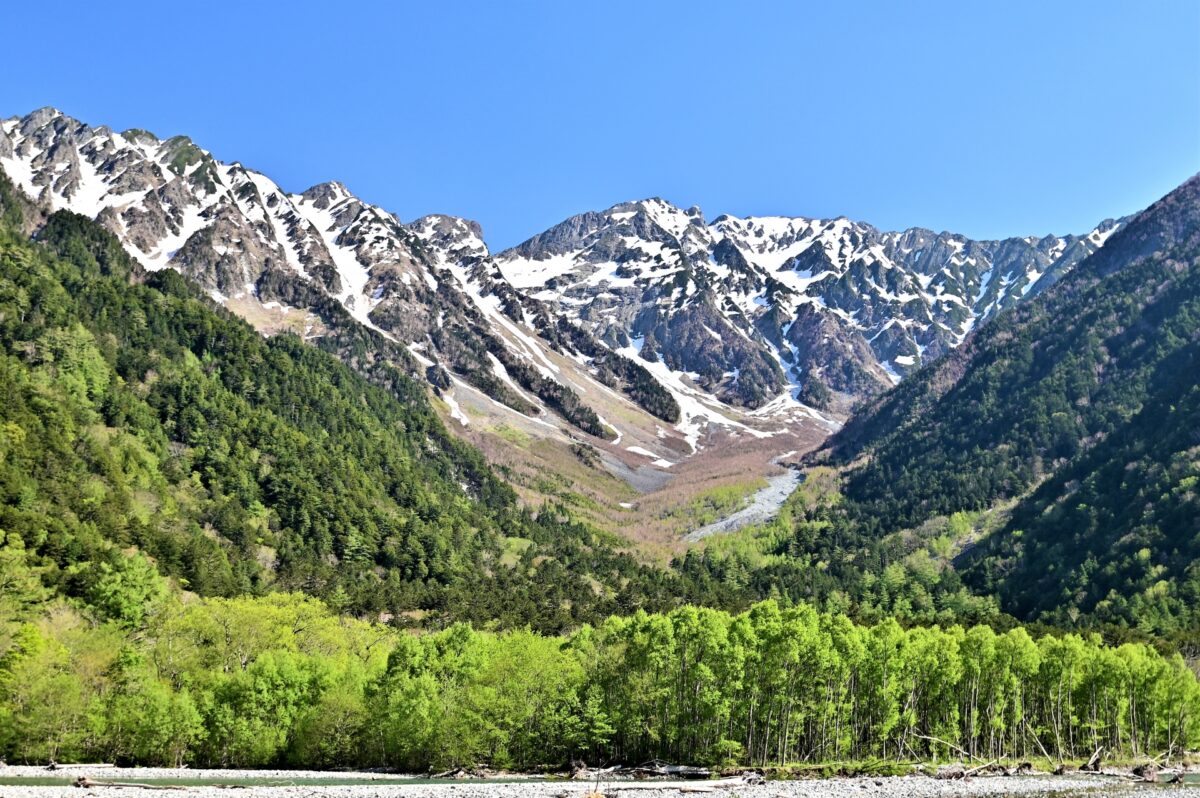
Getting to Matsumoto
Matsumoto is located right in the middle of Japan’s main Honshu island, tucked away in a valley between the mountains of Yamanashi and Nagano. Getting to Matsumoto is easy from Shinjuku Station in Tokyo. The best way to get there is by JR Chuo Limited Express train (around 6620 yen one-way), which is by reservation only. It leaves around every hour, and it takes you to Matsumoto directly within 2.5 hours. Reservations can be made at JR East stations with the ticket machine or at the counter.
Matsumoto is also easy to reach from the western direction. If you are coming from Nagoya Station, you can simply take the JR Shinano line (around 5940 yen one-way) that takes you to Matsumoto in a bit more than 2 hours directly.
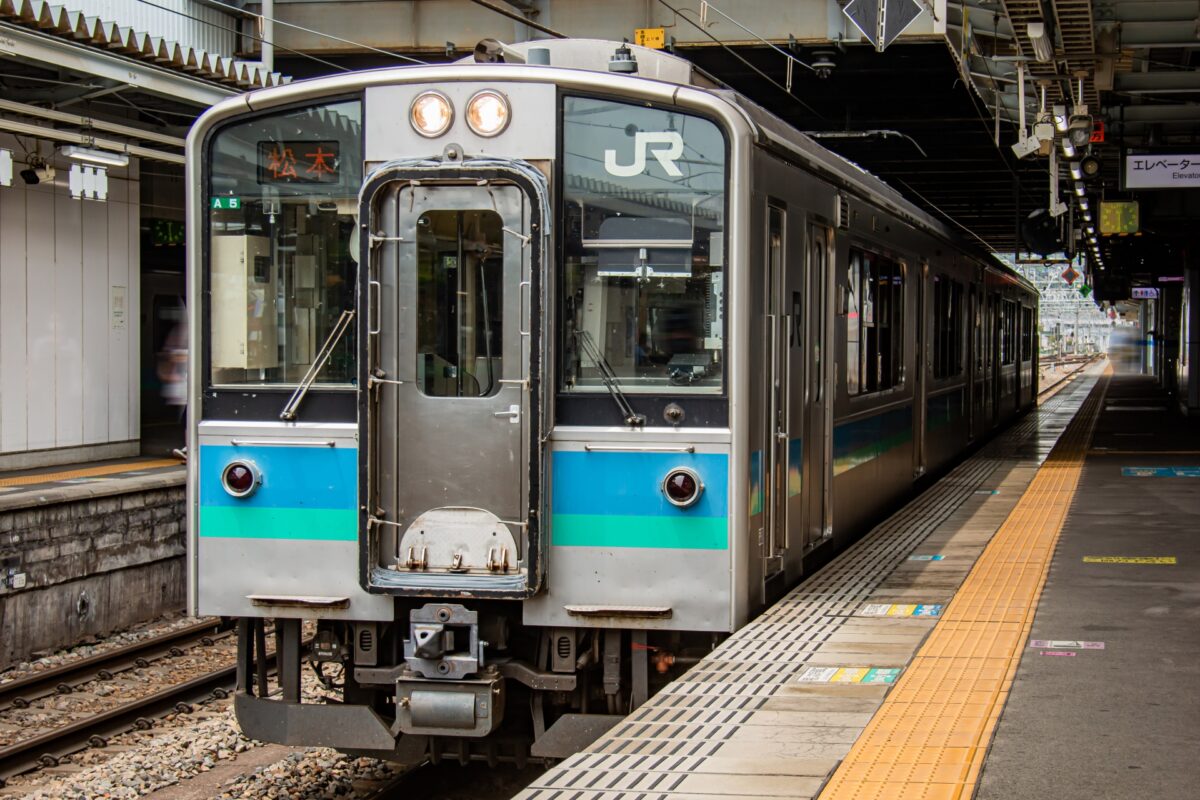
Day 1: Cycling to a Wasabi Farm
We took the 10 am train from Shinjuku and arrived in Matsumoto around 12:30 pm. We had a quick soba noodle lunch in the popular Kurekino Soba Shop right below the station, and took the 12:20 pm Oito Line from Matsumoto Station to Hotaka Station. Hotaka Station is a tiny station in a small village with a gorgeous mountain backdrop. We were lucky that the weather was good, so we decided to rent electric bicycles at the Hitsujiya shop right next to the station. Rental costs 1200 yen for a half day, which is enough to go around the small town and go to our most important sightseeing destination today, a wasabi farm. We cycled to the east via the quiet path alongside the small river, passing by numerous farms and quiet neighborhoods. In the spring, there are many blooming cherry blossom trees lining the riverside.
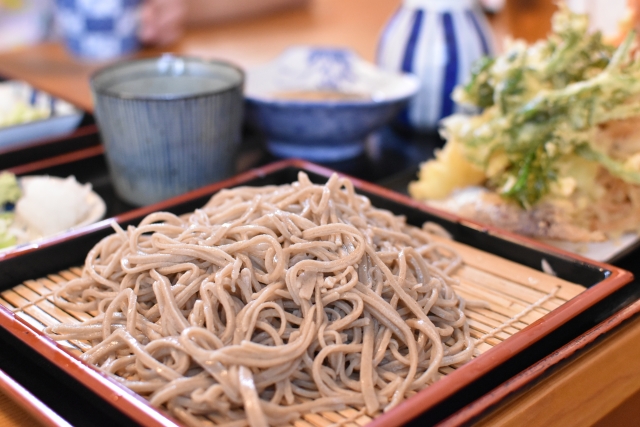
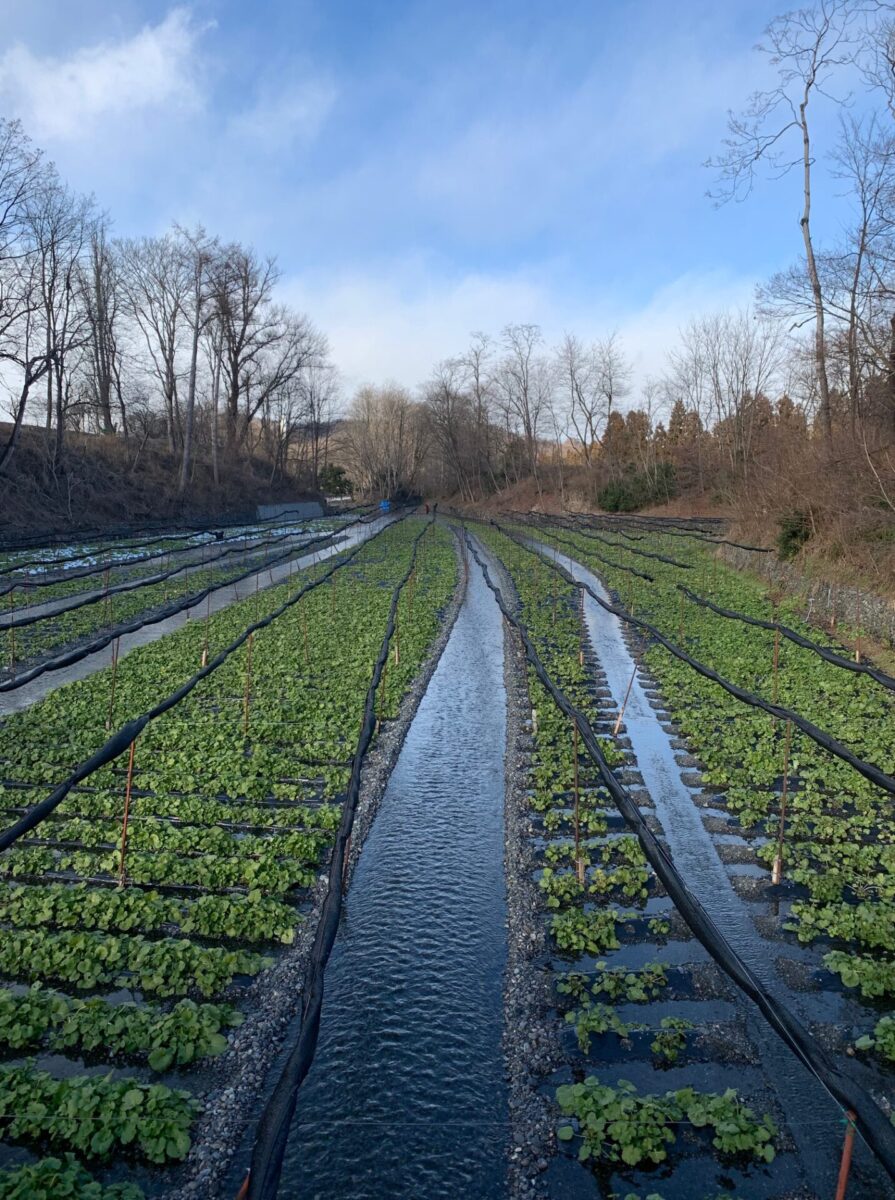
The Daio Wasabi Farm is the largest wasabi farm in Japan and has been located here since 1915 because of the area’s famously clean spring water that’s needed to grow tasty wasabi. There is no entrance fee, and you can freely walk around the picturesque farmlands, learn more about the cultivation of wasabi in the small on-site museum, and of course, try wasabi-flavored snacks like ice cream and croquettes. They also have a nice souvenir shop with all kinds of foods and drinks made with wasabi and other local products.
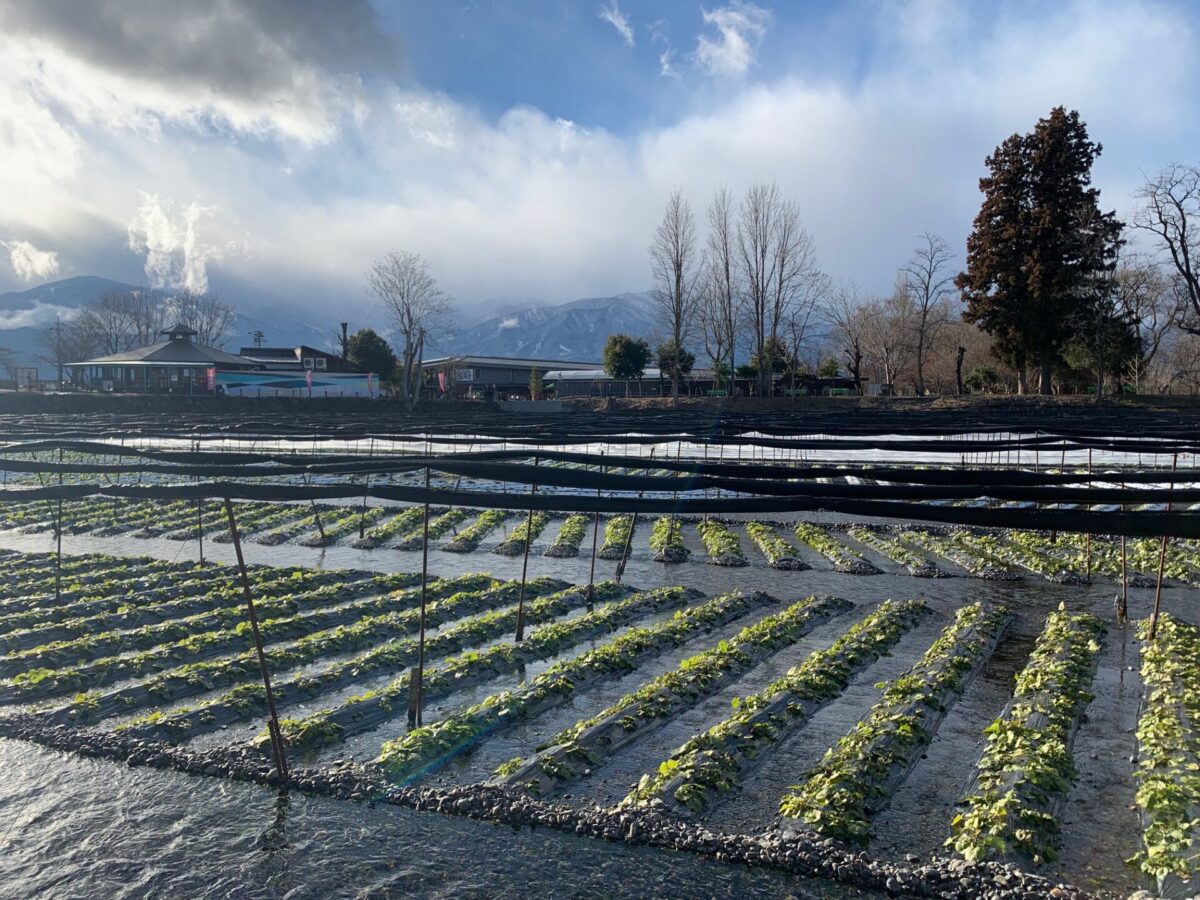
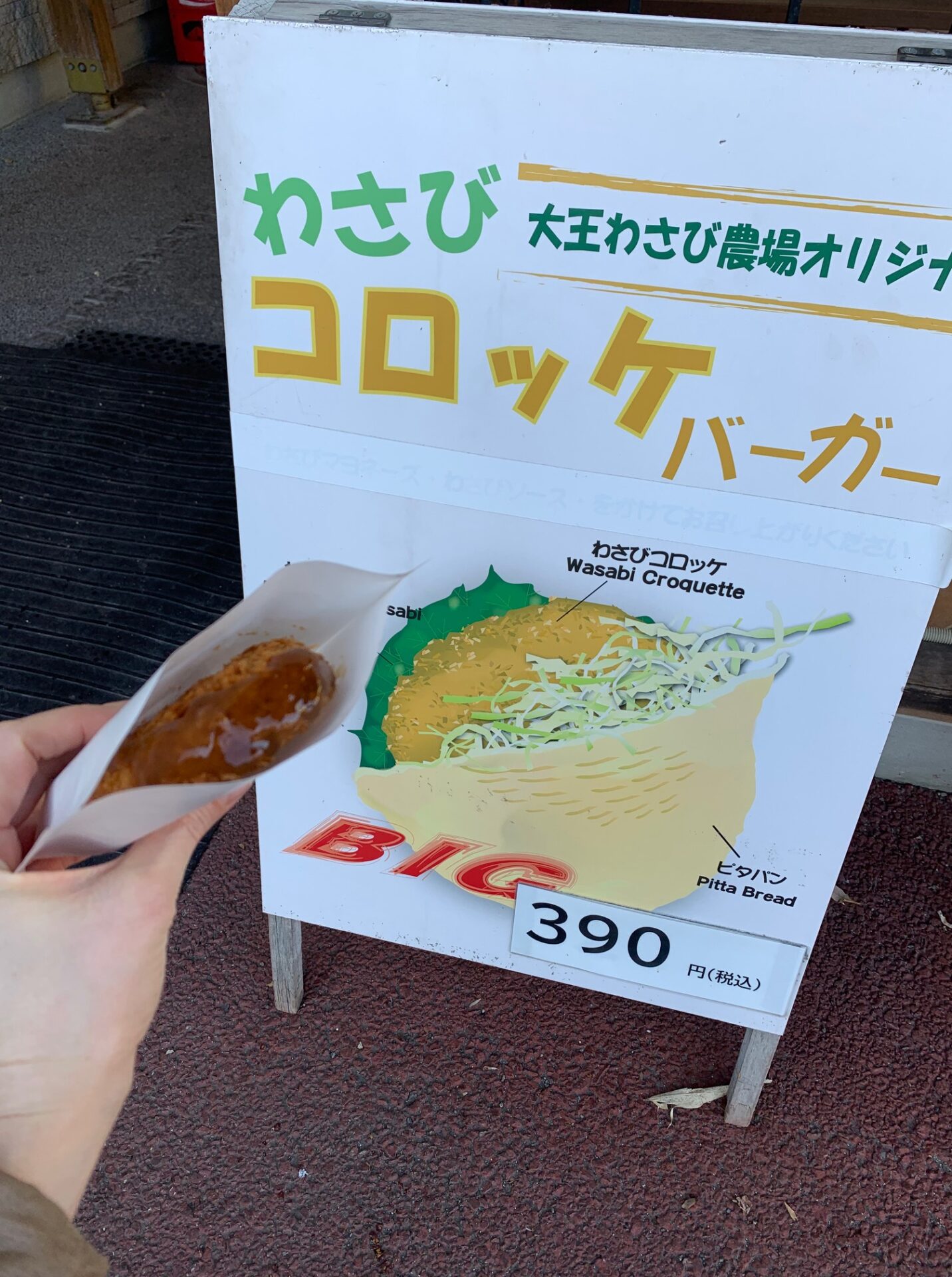
On the way back to Hotaka Station, we passed by the large Hotaka Shrine, where locals go to have their vehicles blessed for safe travels. We then hopped on the train back to Matsumoto where we had dinner and walked around the illuminated area of Nawate Dori which has many small local restaurants in the backstreets. We also took a sneak peek at Matsumoto Castle, which is lit up by projection mapping visual effects at night during the winter months.
Opening hours Hitsujiya: 10 am – 5 pm (closed on Wednesday, Thursday, and Friday)
Opening hours Daio Wasabi Farm: 8 am – 5 pm
Day 2: Matsumoto Highlights
We started the day with a visit to the ‘Parco de Museum’ exhibition which was temporarily housed there because of the temporary closure of the Matsumoto City Museum of Art. Famous ‘polka dot artist’ Yayoi Kusama is from Matsumoto, and her most famous work, the yellow polka-dotted pumpkin is exhibited here in addition to other interesting works of modern art. And then it was time to see Matsumoto’s most famous destination, Matsumoto Castle, in its full glory. While the castle’s surrounding garden is open 24 hours and you can view the castle from the other side of the pond at any time, if you want to enter the castle itself you will have to visit during opening hours. After paying a 700-yen entrance fee we entered the inner grounds of the castle and finally went inside the wooden structure. It is interesting to see what a Japanese castle looks like from the inside, and from the top, you have a nice view of the surroundings. If you are visiting in winter, we strongly recommend you to wear warm, thick socks because you will enter the castle without shoes on and there is no heater inside.

After visiting the castle, we took our time wandering and shopping around daytime Nawate Dori, which is also known as Frog Street because of the many frog-related souvenirs you can buy here. We then continued on through the nearby beautiful preservation district Nakamachi Shopping Street. This road is lined with Edo-style renovated warehouses, giving the district a nice traditional look.
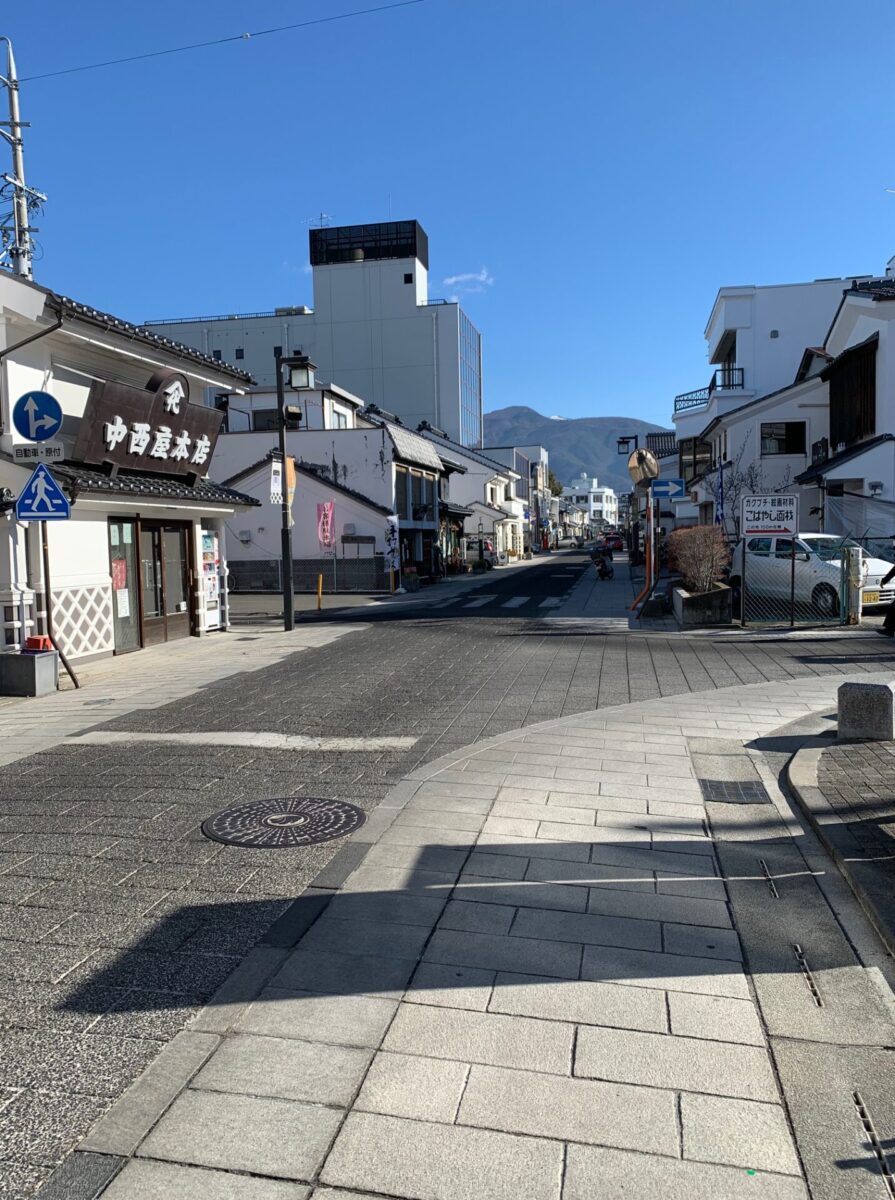
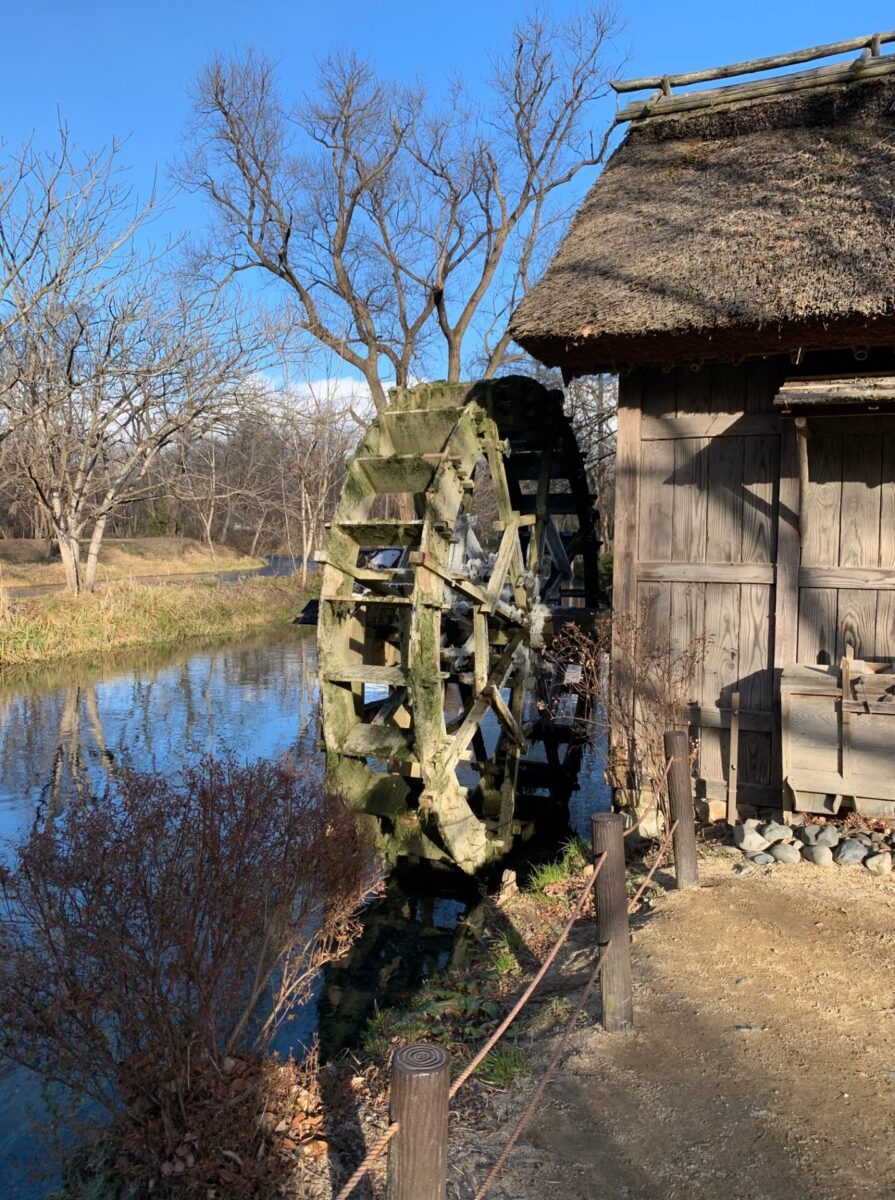
In the late afternoon, we took the train from Matsumoto Station to Chino Station, from where we took a shuttle bus to our hotel near Mt Tateshina. This area is famous for its many ski resorts, and in the summer people come here to enjoy hiking and mountain biking. Because of its slightly remote location, Matsumoto is especially good as a stopover destination. So if you’re planning to see Matsumoto we recommend adding another destination to your itinerary to make the most of your trip!
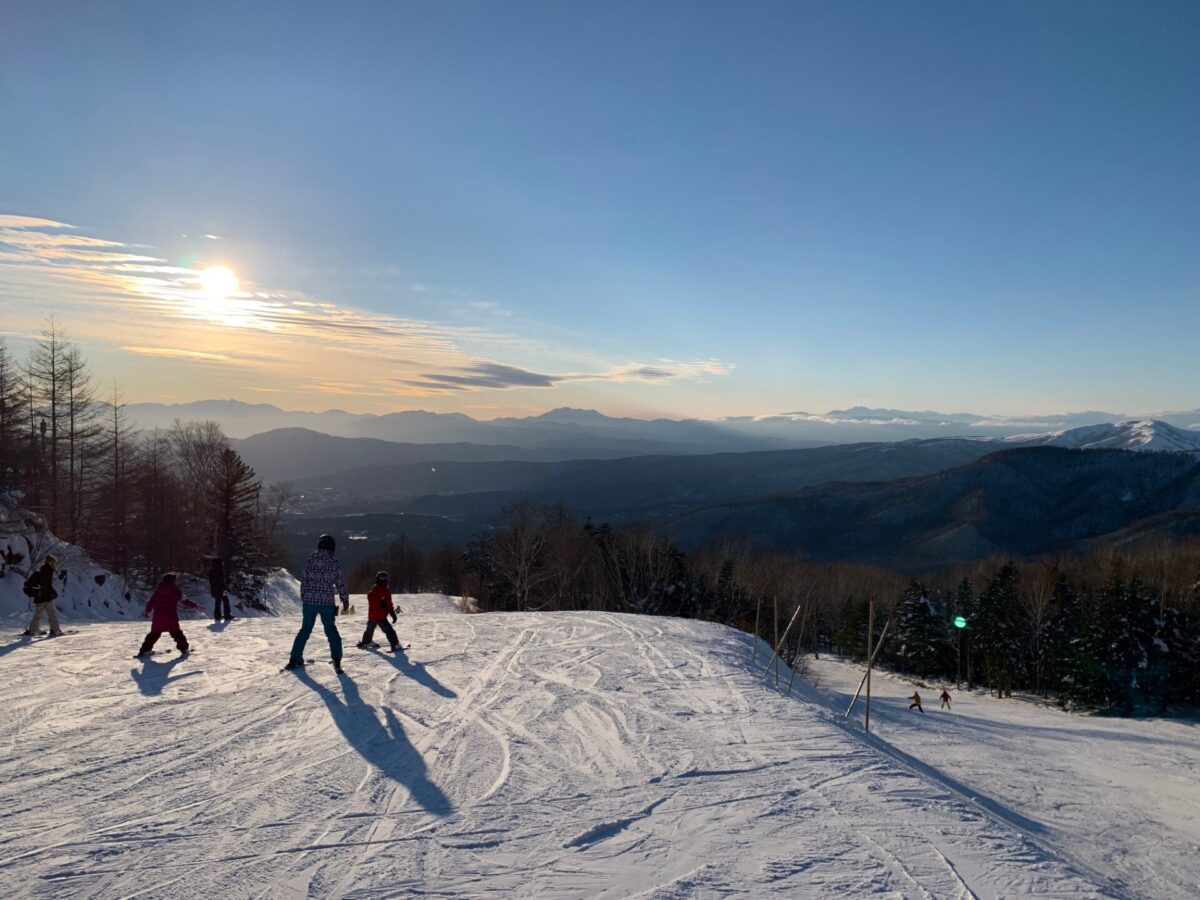
Opening hours Matsumoto City Museum of Art: 9 am – 5 pm (closed on Monday)
Opening hours Matsumoto Castle: 8.30 am – 4.30 pm
Planning a Japan Trip
There is simply so much to see, do, and experience in Japan that when you are planning your trip to Japan it can all be a bit overwhelming. Reading others’ tried and tested itineraries is a good way to get some initial ideas, but where should you start with planning a fun, varied, and interesting itinerary? Booking one or a few private tours with a local guide is always a great idea, as with an experienced guide you can always be sure that you make optimal use of your day. They can help with the planning of a perfect tour itinerary based on your interests and preferences for their day with you, and they can also give you tips for the rest of your stay during the tour.
We organize private tours with excellent guides in cities like Tokyo , Kyoto, Osaka , Hiroshima, Kanazawa, and more. Check out what we have to offer for some good pre-fun before you travel in Japan!
Follow us on Instagram, Facebook and Twitter for more travel inspiration. Or tag us to get featured!
Happy traveling!
Other articles you might be interested in

Stefanie Akkerman moved from the Netherlands to Japan in 2013 with her Japanese husband and son. She jumped into the niche of Dutch tour guiding in Tokyo and Kamakura in 2015 and occasionally writes articles about all the great sights and activities Japan has to offer. She loves (Japanese) food, and to work that all off she goes diving, snorkeling, cycling, or hiking.
This post may contain some affiliate links. When you click through and make a purchase we may receive some commission, at no extra cost to you.
